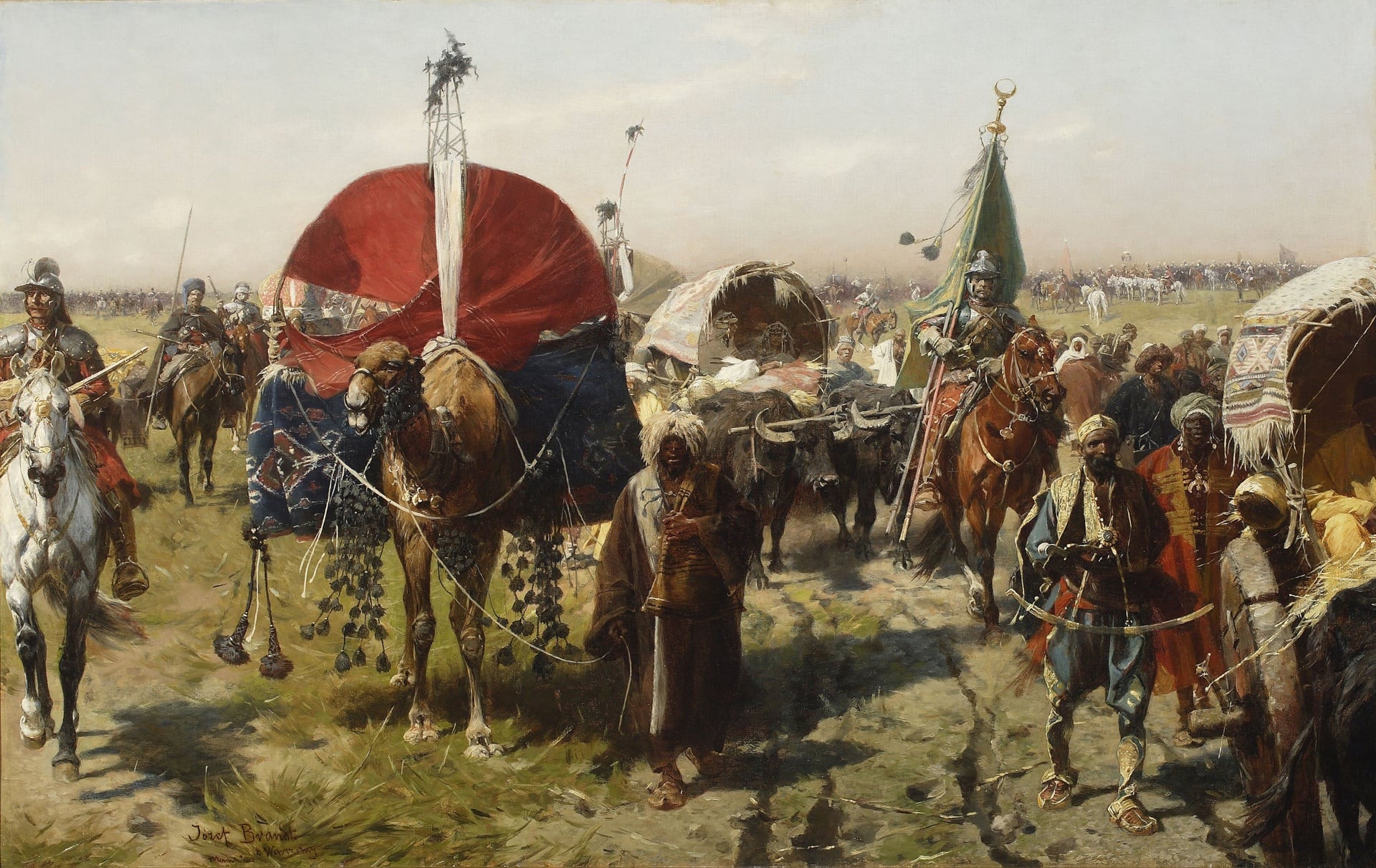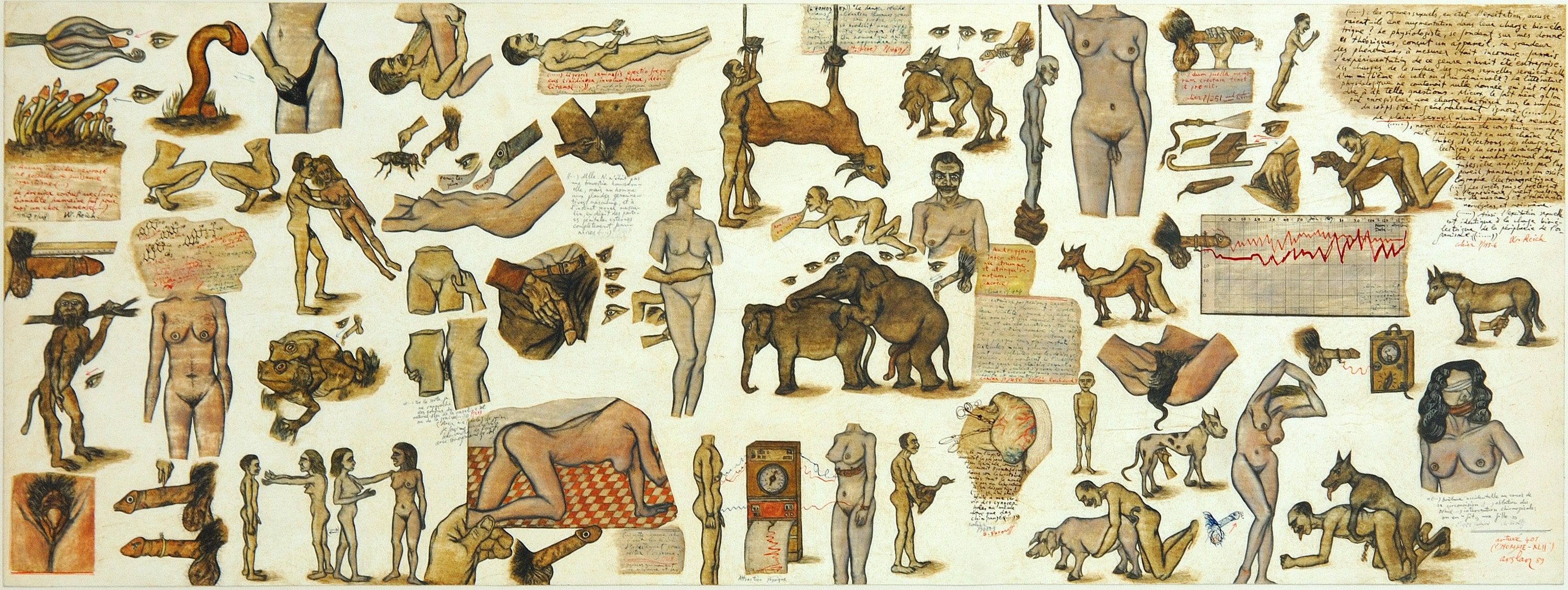Director: Arsen A. Ostojic
Cast: Alma Prica, Olga Pakalovic, Mijo Jurisic
Croatia, Slovenia, Bosnia and Herzegovina, 2013, 93’ color
Bosnian, Croatian with Turkish subtitles
Halima’s Path tells the tragic but inspiring story of a good-natured woman Halima who tries, without success, to identify the remains of her son who was killed in the Bosnian War and buried in one of the many mass graves. She refuses to give blood for DNA analysis, hiding the fact that her son was secretly adopted and is not her biological son. She realizes that the only solution to finally find her son’s remains is to track down his biological mother who has not been seen for more than 20 years. But soon after finding her, a sequence of tragic events spirals out of control, with unexpected results.
Trailer

Józef Brandt harboured a fascination for the history of 17th century Poland, and his favourite themes included ballistic scenes and genre scenes before and after the battle proper –all and sundry marches, returns, supply trains, billets and encampments, patrols, and similar motifs illustrating the drudgery of warfare outside of its culminating moments.

A firm believer in the idea that a collection needs to be upheld at least by four generations and comparing this continuity to a relay race, Nahit Kabakcı began creating the Huma Kabakcı Collection from the 1980s onwards. Today, the collection can be considered one of the most important and outstanding examples among the rare, consciously created, and long-lasting ones of its kind in Turkey.
Tuesday - Saturday 10:00 - 19:00
Friday 10:00 - 22:00
Sunday 12:00 - 18:00
The museum is closed on Mondays.
On Wednesdays, the students can
visit the museum free of admission.
Full ticket: 300 TL
Discounted: 150 TL
Groups: 200 TL (minimum 10 people)